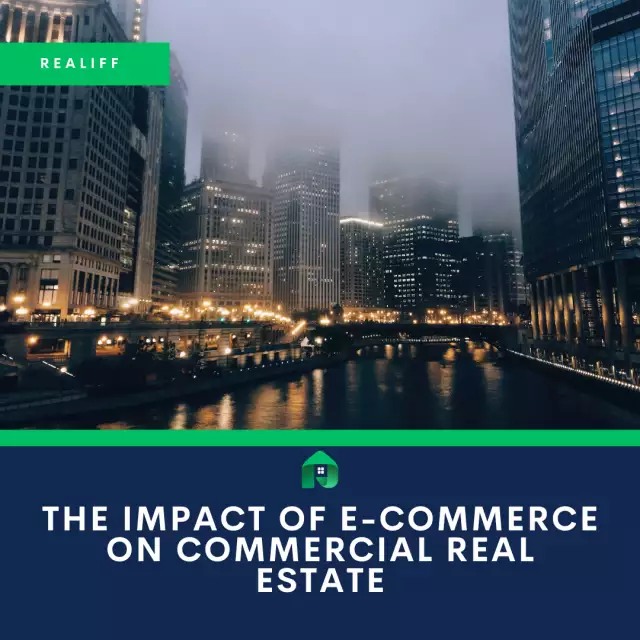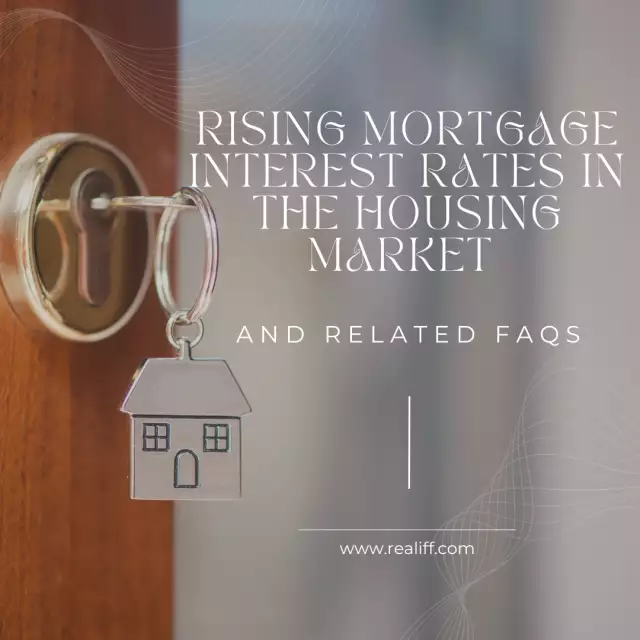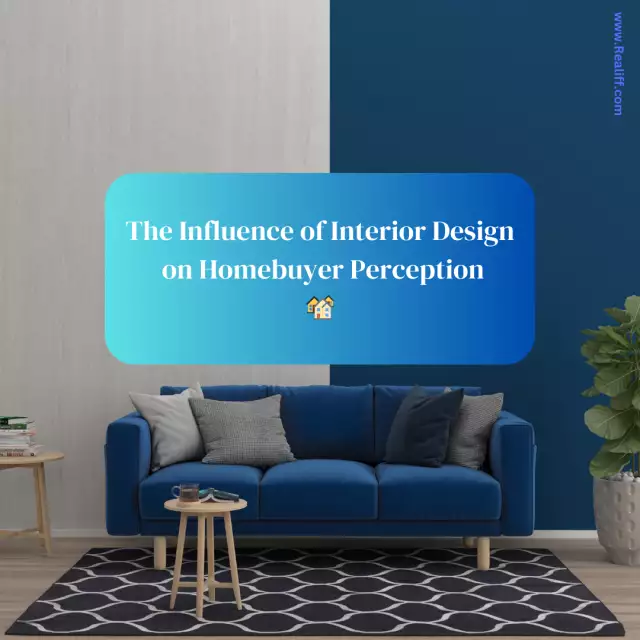The Impact of Sustainable Design on Commercial Buildings
The Impact of Sustainable Design on Commercial Buildings
In an era marked by growing environmental concerns, the importance of sustainable design in commercial buildings has taken center stage. The integration of eco-friendly practices and technologies not only benefits the planet but also yields economic and social advantages. From energy efficiency to occupant satisfaction, the impact of sustainable design is far-reaching and transformative.
Introduction to Sustainable Design:
Sustainable design, in the context of commercial buildings, refers to the deliberate planning and construction of structures that minimize their negative impact on the environment while promoting efficient resource utilization. This approach considers the entire life cycle of a building, from its inception to its operation and eventual decommissioning. The importance of sustainable design cannot be understated, as it addresses critical challenges such as climate change, resource scarcity, and the need for resilient communities.
As we navigate a world facing climate crises and diminishing natural resources, sustainable design emerges as a beacon of hope. By incorporating environmental, economic, and social considerations, commercial buildings that adhere to sustainable design principles contribute to a healthier planet and improved quality of life for their occupants.
Micro-Livestock: The New Trend in Sustainable Living and Real Estate
Energy Efficiency:
Energy efficiency lies at the heart of sustainable design. Incorporating energy-efficient systems like advanced HVAC (Heating, Ventilation, and Air Conditioning), LED lighting, and high-performance insulation helps reduce energy consumption. This not only lowers utility costs for building owners but also lessens the overall carbon footprint. Technologies such as smart thermostats and automated lighting systems optimize energy use by adapting to occupancy patterns and external conditions.
Through energy-efficient design, commercial buildings can significantly reduce their greenhouse gas emissions, thereby mitigating their contribution to climate change. Beyond the environmental benefits, energy-efficient buildings also save substantial amounts of money over time, making them economically viable choices for both investors and occupants.
Water Efficiency:
Water conservation is another integral aspect of sustainable design. Strategies like installing low-flow fixtures, efficient irrigation systems, and rainwater harvesting techniques minimize water usage. This approach not only conserves a precious resource but also translates to lower water bills for building operators.
Water scarcity is a pressing concern in many regions, and commercial buildings often account for a significant portion of water consumption. By implementing water-efficient practices, these buildings can contribute to water security and sustainability while reducing their operational costs. Additionally, promoting water efficiency can foster a culture of responsible resource use among occupants.
Materials and Resources:
The choice of materials profoundly influences a building's environmental impact. Utilizing eco-friendly and recycled materials in both construction and furnishings reduces the depletion of natural resources and minimizes waste. Sustainable materials also contribute to improved indoor air quality, creating healthier environments for occupants. Waste reduction is further achieved through responsible recycling and sourcing practices.
Sustainable materials not only contribute to a healthier environment but also inspire innovation in the construction industry. By supporting the market for recycled and eco-friendly materials, commercial buildings drive demand for sustainable alternatives and encourage the development of greener manufacturing processes.
Farm-to-Table Real Estate Investing: A Sustainable Investment Strategy
Indoor Environmental Quality:
Sustainable design places a premium on the well-being of building occupants. Adequate ventilation, air quality monitoring systems, and natural lighting contribute to a comfortable and healthy indoor environment. The introduction of indoor plants not only enhances aesthetics but also improves air quality by naturally filtering pollutants.
The indoor environmental quality of commercial buildings directly impacts the health and productivity of the people who inhabit them. Poor indoor air quality can lead to health issues and decreased cognitive function. By prioritizing indoor environmental quality, sustainable design fosters environments where occupants thrive.
Site Selection and Land Use:
The location of a commercial building plays a pivotal role in its sustainability. Selecting sites with minimal environmental impact, prioritizing proximity to public transportation, encouraging walkability, and avoiding urban sprawl are crucial factors that can significantly reduce a building's carbon footprint.
The strategic selection of building sites not only minimizes ecological disruption but also contributes to the vitality of communities. Sustainable buildings positioned near public transportation hubs reduce reliance on individual vehicles, alleviate traffic congestion, and promote a more connected urban environment.
Renewable Energy Sources:
The integration of renewable energy sources is a hallmark of sustainable design. Solar panels, wind turbines, and other clean energy technologies generate power on-site, reducing reliance on fossil fuels. Excess energy can even be channeled back into the grid, further promoting sustainability.
By harnessing renewable energy sources, commercial buildings not only contribute to reducing carbon emissions but also gain a degree of energy independence. Renewable energy systems can stabilize energy costs over the long term, insulating buildings from the volatility of energy markets.
Waste Management:
Sustainable design practices extend beyond construction into operational phases. Strategies for reducing waste include efficient construction practices, recycling programs, composting, and responsible disposal methods. These measures minimize the environmental impact of ongoing building operations.
The construction and operation of buildings generate a substantial amount of waste. Sustainable waste management practices reduce the burden on landfills, conserve resources, and exemplify responsible corporate citizenship.
Certifications and Standards:
Recognizing the importance of sustainable design, several certifications and standards have emerged. LEED (Leadership in Energy and Environmental Design) and BREEAM (Building Research Establishment Environmental Assessment Method) are two prominent examples. These certifications validate a building's commitment to sustainability and offer a roadmap for implementing environmentally responsible practices.
Certifications provide a clear framework for achieving sustainable goals and allow buildings to showcase their dedication to environmental stewardship. They also foster a competitive spirit within the construction industry, driving innovation and pushing the boundaries of sustainable design.
Sustainable Architecture: Building a Greener Future
Financial Benefits:
While the upfront costs of sustainable design may be higher, the long-term financial benefits are undeniable. Energy-efficient buildings experience reduced operating costs due to lower energy and water consumption. Additionally, these buildings often command higher property values. Governments and municipalities may incentivize sustainable practices through tax benefits and grants.
The financial advantages of sustainable design go beyond immediate cost savings. Buildings designed with sustainability in mind often enjoy higher occupancy rates and increased tenant retention, making them sound investments in the competitive real estate market.
Tenant Satisfaction and Productivity:
Sustainable design positively impacts the well-being and productivity of building occupants. Improved indoor environmental quality, ample natural light, and access to green spaces enhance the overall occupant experience. Studies consistently show that employees in green buildings report higher job satisfaction and increased performance.
Occupants spend a significant portion of their lives within commercial buildings. By prioritizing occupant comfort and well-being, sustainable design fosters a sense of community, belonging, and overall contentment among building users.
Case Studies:
Real-world examples of successful sustainable design implementations abound. The Bullitt Center in Seattle, renowned for its net-zero energy consumption, showcases the potential of sustainable features like solar panels and rainwater harvesting. The Edge in Amsterdam exemplifies the impact of sustainable design on tenant well-being and productivity through its innovative use of natural light and advanced energy systems.
Case studies provide tangible evidence of the benefits of sustainable design. By highlighting the successes of such projects, we not only inspire other developers to adopt similar practices but also demonstrate that sustainability is achievable and financially viable.
Challenges and Future Trends:
Implementing sustainable design does come with challenges, including initial costs and regulatory hurdles. However, the long-term benefits far outweigh these challenges. Emerging trends include the adoption of circular economy principles, which prioritize reducing waste and reusing materials, and the incorporation of advanced technologies like building-integrated renewable energy systems.
The challenges associated with sustainable design serve as opportunities for growth and innovation. As technology continues to advance, new solutions will emerge to overcome these obstacles and further elevate the sustainability of commercial buildings.
The Impact of Sustainable Design in Commercial Buildings Across Different Locations
In an era marked by growing environmental concerns, the importance of sustainable design in commercial buildings has transcended geographical boundaries. The integration of eco-friendly practices and technologies not only benefits the planet but also yields economic and social advantages. Let's explore how sustainable design impacts commercial buildings in various locations worldwide:
Urban Centers:
Introduction to Sustainable Design:In densely populated urban centers, sustainable design in commercial buildings is paramount. These structures incorporate green roofs, vertical gardens, and energy-efficient technologies to combat urban heat island effects and air pollution. By minimizing energy consumption and emissions, urban commercial buildings contribute to cleaner, healthier cities.
Site Selection and Land Use:Urban commercial buildings often face limited space. The sustainable design encourages the revitalization of vacant lots and underutilized spaces, promoting efficient land use and reducing the pressure on green spaces. Mixed-use developments in urban areas foster walkability, reduce traffic congestion, and create vibrant communities.
Waterfront Locations:
Water Efficiency:Commercial buildings near waterfronts embrace sustainable water management to protect aquatic ecosystems. Water-efficient technologies reduce the strain on local water bodies, preserving their integrity. Efficient stormwater management systems prevent pollution and flooding, ensuring the long-term health of coastal areas.
Renewable Energy Sources:Waterfront commercial buildings harness the power of renewable energy sources, such as offshore wind turbines or tidal energy systems. These buildings not only contribute to clean energy generation but also showcase the harmonious coexistence of human activities with fragile coastal environments.
Remote and Ecologically Sensitive Areas:
Materials and Resources:In remote or ecologically sensitive areas, sustainable design minimizes the ecological impact of construction. The use of locally sourced and biodegradable materials reduces the carbon footprint associated with transportation. By respecting local ecosystems, these buildings integrate seamlessly with their surroundings.
Energy Efficiency:In remote areas, energy supply can be challenging. Sustainable commercial buildings often rely on off-grid energy solutions, such as solar panels and microgrids. By reducing the need for long power lines, these buildings minimize habitat disruption and environmental degradation.
Economically Disadvantaged Regions:
Certifications and Standards:Sustainable design in economically disadvantaged regions often focuses on achieving certifications like LEED and BREEAM. These certifications demonstrate a commitment to global sustainability goals and attract investments that foster local economic growth and development.
Social Impact:Sustainable commercial buildings in economically disadvantaged areas improve the quality of life for local residents. Access to well-designed spaces, improved indoor air quality, and reduced energy costs positively impact vulnerable communities.
Global Metropolises:
Financial Benefits:In bustling global metropolises, the financial benefits of sustainable design are magnified. Energy-efficient systems and reduced operational costs resonate strongly in high-cost urban environments. These commercial buildings serve as examples of how sustainability and economic growth can go hand in hand.
Innovation and Collaboration:Global metropolises are hubs of innovation and collaboration. Sustainable commercial buildings in these locations often pioneer cutting-edge technologies and designs that set new standards for the industry, inspiring similar initiatives across the world.
Realiff.com: Revolutionizing Sustainable Commercial Real Estate:
Amidst this global push for sustainable design in commercial buildings, online real estate platforms like Realiff.com play a crucial role. As an innovative online marketplace for real estate, Realiff.com connects buyers, sellers, investors, and tenants, offering a unique platform that focuses on sustainability. Here's how Realiff.com can help different types of sustainable commercial buildings across various locations:
Access to Green Properties:Realiff.com features a dedicated section for sustainable commercial properties. Investors and tenants seeking eco-friendly commercial spaces can easily find listings that prioritize sustainable design principles, reducing the time and effort needed to locate such properties.
Global Reach and Connection:Realiff.com transcends geographical boundaries, allowing users to explore sustainable commercial buildings in different locations around the world. This global reach fosters connections between stakeholders interested in sustainable real estate, facilitating international collaborations and knowledge-sharing.
Highlighting Sustainable Features:Realiff.com allows property owners to showcase the sustainable features of their commercial buildings. From energy-efficient systems to LEED certifications, these listings provide comprehensive information that empowers potential buyers and tenants to make informed decisions.
Marketplace for Innovation:Realiff.com serves as a marketplace for innovative solutions and technologies related to sustainable design. Commercial buildings incorporating cutting-edge renewable energy systems, water-saving technologies, and advanced materials can gain visibility on the platform, driving the adoption of new practices.
Community Engagement:Realiff.com's online community encourages the exchange of ideas and experiences related to sustainable commercial real estate. Users can share success stories, challenges, and best practices, fostering a collective movement towards more sustainable building practices.
Sustainable and Eco-Friendly Building Materials: Constructing a Greener Future
Conclusion:
In conclusion, the impact of sustainable design on commercial buildings cannot be overstated. From energy and water efficiency to occupant well-being and financial gains, sustainable design transforms not only the buildings themselves but also the communities and environments they inhabit. By embracing sustainable practices, we lay the foundation for a greener, healthier, and more prosperous future. As we move forward, we must continue to prioritize and incorporate sustainable design principles into every facet of commercial building development and operation. The decisions we make today will shape the world of tomorrow, and it is through sustainable design that we can pave the way for a better and more sustainable future.
Frequently Asked Questions (FAQs)
Q1: What is sustainable design in commercial buildings?
A1: Sustainable design in commercial buildings refers to the intentional incorporation of environmentally-friendly practices and technologies throughout a building's life cycle. It aims to reduce the negative impact on the environment while promoting energy efficiency, water conservation, and the use of eco-friendly materials.
Q2: How does sustainable design impact energy efficiency in commercial buildings?
A2: Sustainable design integrates energy-efficient systems like HVAC, lighting, and insulation. These systems reduce energy consumption, leading to lower utility costs and a decreased carbon footprint. Technologies like smart thermostats and automated lighting systems optimize energy use based on occupancy patterns.
Q3: What are some benefits of sustainable design in commercial buildings?
A3: Sustainable design offers numerous benefits, including reduced energy and water consumption, lower operating costs, improved indoor air quality, enhanced occupant well-being, increased property value, and a positive impact on the environment.
Q4: How does sustainable design affect water efficiency in commercial buildings?
A4: Sustainable design implements strategies like low-flow fixtures and efficient irrigation systems to conserve water. These measures not only help preserve water resources but also result in lower water bills for building operators.
Q5: What is the role of sustainable materials in commercial building design?
A5: Sustainable materials, such as recycled and eco-friendly options, are used to minimize the environmental impact of construction. These materials enhance indoor air quality, reduce waste, and support responsible sourcing practices.
Q6: How does sustainable design impact indoor environmental quality?
A6: Sustainable design improves indoor environmental quality through proper ventilation, air quality monitoring, and natural lighting. These factors contribute to occupant comfort, health, and well-being. The presence of indoor plants also enhances air quality and aesthetics.
Q7: What are the financial benefits of sustainable design in commercial buildings?
A7: Sustainable design yields long-term financial benefits, including reduced operating costs due to energy and water savings. Commercial buildings with sustainable features often command higher property values and attract tax incentives, grants, and favorable tenant preferences.
Q8: How does sustainable design affect tenant satisfaction and productivity?
A8: Sustainable design positively impacts tenant satisfaction and productivity by providing a comfortable and healthy environment. Studies show that employees working in green buildings report higher job satisfaction, better mental health, and increased performance.
Q9: Can sustainable design be implemented in different geographical locations?
A9: Yes, sustainable design principles can be adapted to various geographical locations. Urban centers, waterfront areas, remote regions, economically disadvantaged zones, and global metropolises can all benefit from sustainable design practices that suit their unique contexts and challenges.
Q10: How can online real estate platforms like Realiff.com contribute to sustainable commercial buildings?
A10: Online real estate platforms like Realiff.com facilitate the discovery and promotion of sustainable commercial properties. They connect stakeholders worldwide, showcase sustainable features, foster innovation, and create a community of individuals interested in sustainable real estate practices.
Green Oasis: Sustainable Landscaping for a Beautiful and Eco-Friendly Outdoor Haven





